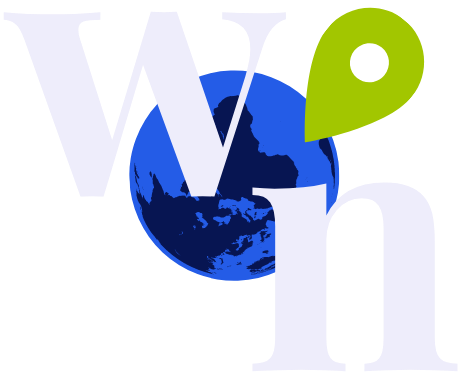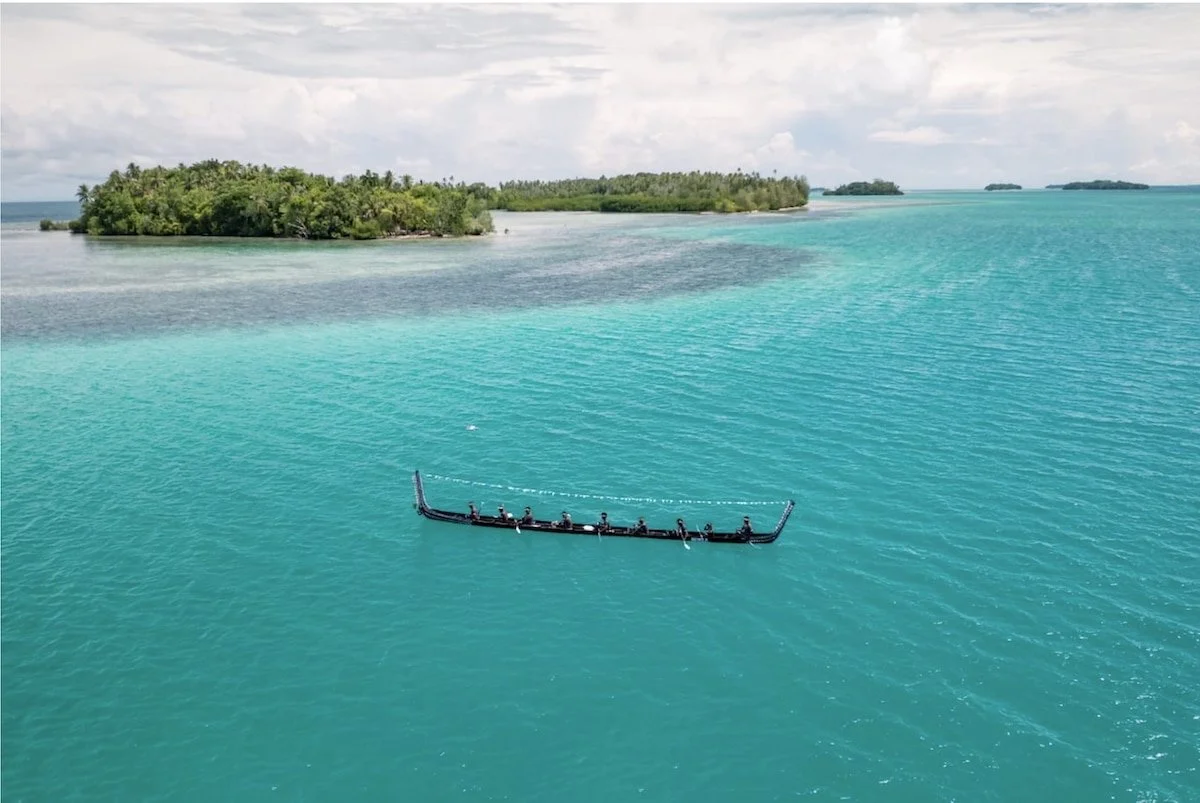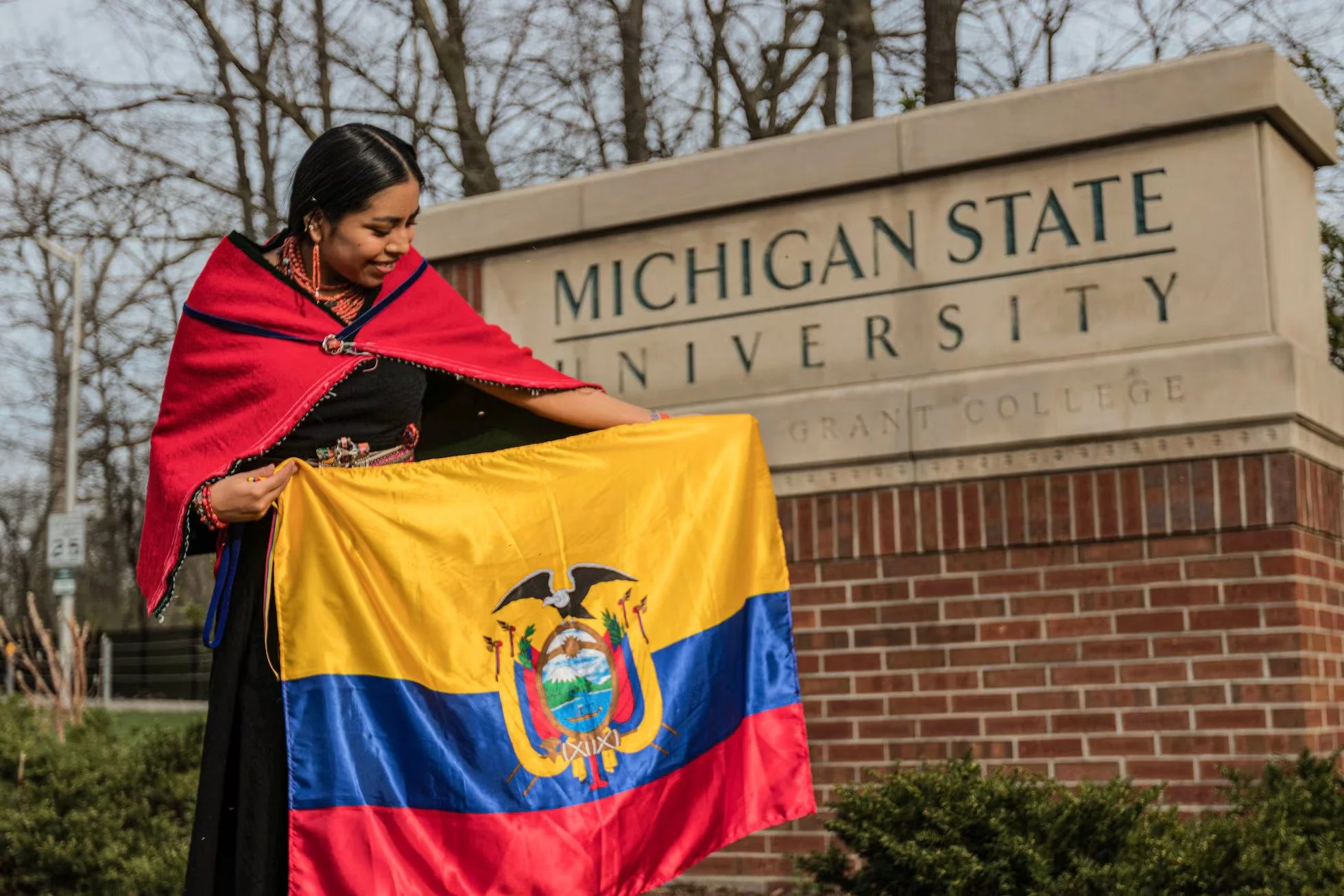Global Indigenous Peoples News Bulletin #6 (July 2025)
This bulletin devoted to Global Indigenous Peoples News, part of the Glocal Exchange project of Weave News, seeks to highlight some of the current issues from Indigenous communities in different parts of the world. The focus of the bulletin is aligned with the overall purpose of the Glocal Exchange project, which examines globalization through its impact from the perspective of local communities. It also supports the Weave News mission to “investigate and report about contemporary issues that are either underreported by establishment and other corporate media or reported in a way that excludes essential context, perspectives, and voices.” These are “issues that have a strong justice component and that reveal connections across communities, borders, struggles, and experiences.”
Struggles for Indigenous sovereignty
After their lands were owned and managed by timber companies, cutting the tribe’s access to its homelands, the Yurok Tribe in California has won a major legal victory. “After a 23-year effort and $56 million, roughly 73 square miles (189 square kilometers) of homelands have been returned to the Yurok, more than doubling the tribe’s land holdings,” reports the Associated Press. “Completion of the land-back conservation deal along the lower Klamath River — a partnership with Western Rivers Conservancy and other environmental groups — is being called the largest in California history.” The Yurok people will manage these lands and waterways by reintroducing fire as a forest management tool, clearing lands for prairie restoration, removing invasive species and planting trees while providing work for some of the tribe’s more than 5,000 members and helping restore salmon and wildlife. According to the report, “Land Back is a global movement seeking the return of homelands to Indigenous people through ownership or co-stewardship.”
The Melanesian Ocean Reserve, led by the Solomon Islands and Vanuatu governments with the Islands Knowledge Institute and Nia Tero. (Image: The Melanesian Ocean Reserve via EcoWatch)
Writing for EcoWatch, Paige Bennett reports on plans for the Melanesian Ocean Reserve, a pathbreaking, Indigenous-led initiative. The planned reserve will cover the Solomon Islands’, Vanuatu’s and Papua New Guinea’s national waters and connect to the Exclusive Economic Zone of New Caledonia, another protected area. “The Melanesian Ocean Reserve is set to cover more than 6 million square kilometers of a region with some of the richest marine biodiversity in the world,” writes Bennett. “As part of the initiative, the nations plan to also provide further Indigenous knowledge on marine conservation, establish and support regenerative economies, prioritize sustainable infrastructure (including solar-powered and electric water vessels and solar power for local villages), and emphasize cultural vitality, including by only allowing customary activities in parts of the reserve.”
Meanwhile, the Guardian reports on a “Rise in legal action against renewables companies over minerals”. Minority groups are fighting back through the courts when renewable energy and critical minerals projects want to mine on sacred lands. For example, when an Australian mining company announced plans to begin exploratory drilling for lithium at 100 locations on Hualapai land, “the Hualapai filed a lawsuit before the Arizona district court against the US Bureau of Land Management, alleging it violated the National Historic Preservation Act and the National Environmental Policy Act by failing to properly assess the impact.” The report describes this case as “just one of an accelerating wave of legal actions against renewable energy and critical minerals projects that is raising concerns that the green transition is leading to human rights and environmental abuses.”
News on Indigenous rights and knowledge
In Finland, the Helsinki Times reports that the country’s parliament has formally affirmed the Sámi people’s right to determine who represents them. The action is “a controversial reform to the Sámi Parliament Act, redefining who is eligible to vote in Sámi elections and formally recognizing the Sámi people's right to determine their own political representation.”
Turning to Mexico, Hugo Aguilar, an Indigenous rights defender and former adviser to the Zapatista guerrilla movement, was elected as Mexico’s first Supreme Court chief justice. France24 reports that “Aguilar, a constitutional law specialist, is now one of the highest profile Indigenous leaders in Latin America.” As a member of the Mixtec Indigenous group, he said that Mexico’s native peoples are owed “a significant debt,” and vowed to wear traditional Indigenous attire in court instead of a judge’s robe.
In a major step toward the protection of Indigenous rights, “Nepal’s Supreme Court mandates federal, provincial, and local governments to comply with ILO 169 and UNDRIP”. This ruling ensures that all levels of government align their legal frameworks with international requirements.
The landing page of Tuvalu’s “digital migration” space, Tuvalu.tv.
In the Pacific, low-lying island nation Tuvalu is facing a great challenge. At the current rate of global sea level rise, the entire country will be submerged in decades. According to the country’s digital platform, “In addition to the devastating displacement that will come from the loss of its physical land, Tuvalu faces another threat – the loss of its rights as a nation.” In order to retain its identity and continue to function as a state, even after its physical land is gone, “Tuvalu will become the First Digital Nation: it would digitally recreate its land, archive its rich history and culture, and move all governmental functions into a digital space. It will also make possible the governance of a Tuvaluan diaspora by establishing a virtual space where Tuvaluans can connect with each other, explore ancestry and culture, and access new opportunities for business and commerce. Moreover, a permanent digital replica of Tuvalu – a new ‘defined territory’ – will help in the fight for continued sovereignty under international law.”
The Kenyan outlet The Standard reports that the country has launched a “digital system to protect and monetise Indigenous knowledge”, thereby giving communities power to control, benefit from and pass down their cultural heritage. “Referred to as InKiBank, the system digitizes knowledge including traditional medicines, food systems, shrines, music and Indigenous technologies,” the report notes. The new system has already been functioning in 13 counties and connects local databases to a national repository housed at the National Museums of Kenya.
News on Indigenous languages
PBS Wisconsin reports on efforts to revitalize Indigenous languages across Wisconsin, where Native speakers teach new generations to speak and celebrate their culture following decades of forced silence: “Severed ties to Indigenous languages have been a generational issue for all tribal communities. Currently, all federally recognized Native tribes in Wisconsin offer Indigenous language learning opportunities.”
Micaela Jerez Masaquiz holds up the Ecuadorian flag on the campus of Michigan State University, in 2024. (Photo: Erick Diaz Veliz/El País)
Also in the United States, Indigenous teachers are passing on their native language at Michigan State University as a way to resist cultural displacement. In Latin America, where Indigenous languages are disappearing fast, teaching a language in danger of extinction “represents an act of cultural affirmation, memory, and hope.”




